Jaguar C-X75 Converted into Road-Legal V8 by Ian Callum’s Company
The striking Jaguar C-X75 concept first made its appearance at the prestigious 2010 Paris Motor Show. It was apparent that the company was on the cusp of making this cutting-edge car available for purchase, but unfortunately, Jaguar eventually made the difficult decision to halt the project after creating a handful of prototypes. Nevertheless, there is some exciting news for enthusiasts as the renowned designer Ian Callum and his company Callum have stepped in to take charge. They have successfully transformed one of these prototypes into a street-legal vehicle upon customer request.
The C-X75, which was modified by Callum to be suitable for the road, was among the remaining four stunt vehicles used during the production of the 2015 film Spectre. This particular car was driven by Dave Bautista in his role as Mr. Hinx, while engaging in a thrilling chase sequence with Daniel Craig’s James Bond who was behind the wheel of an Aston Martin DB10.

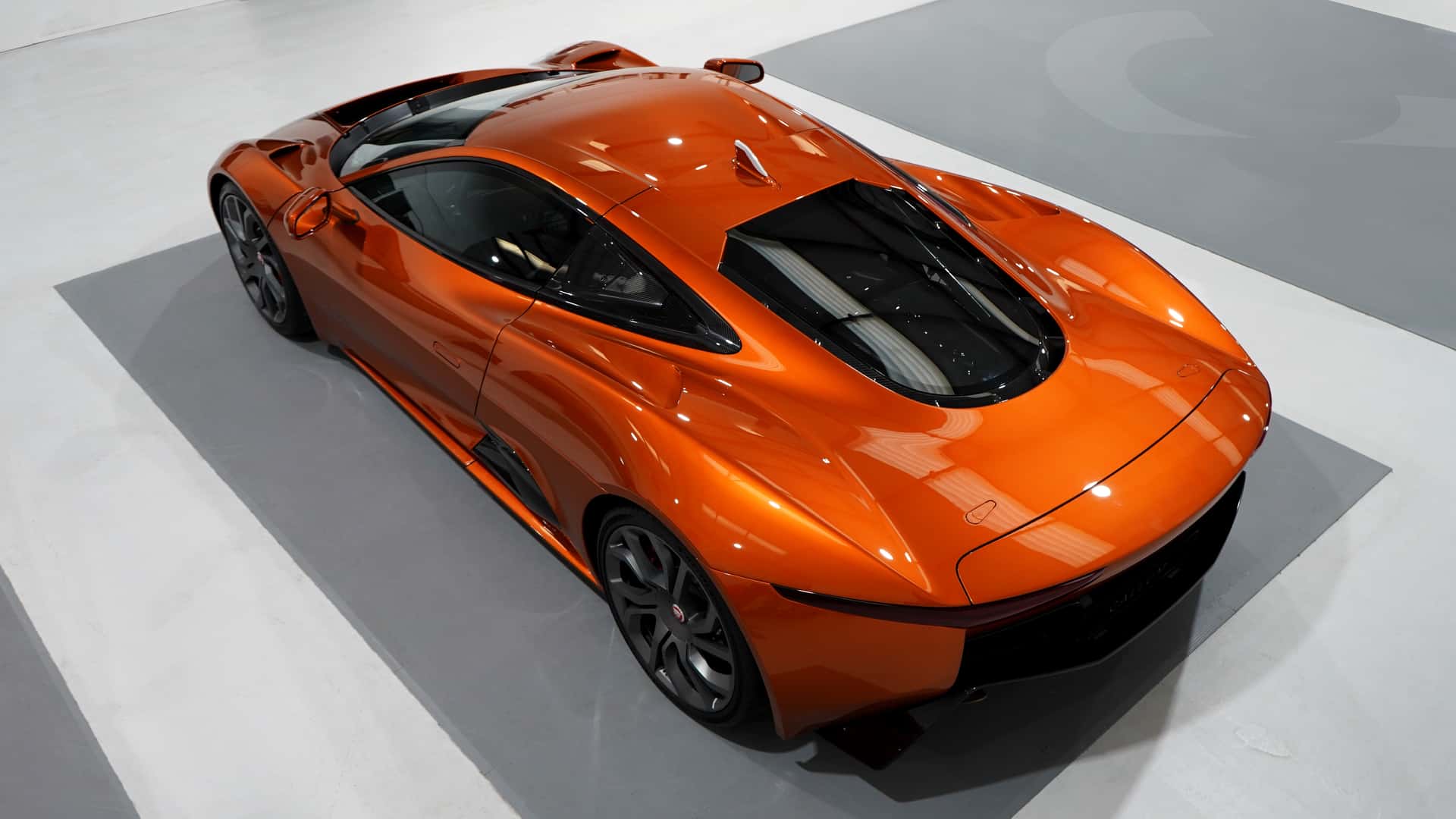

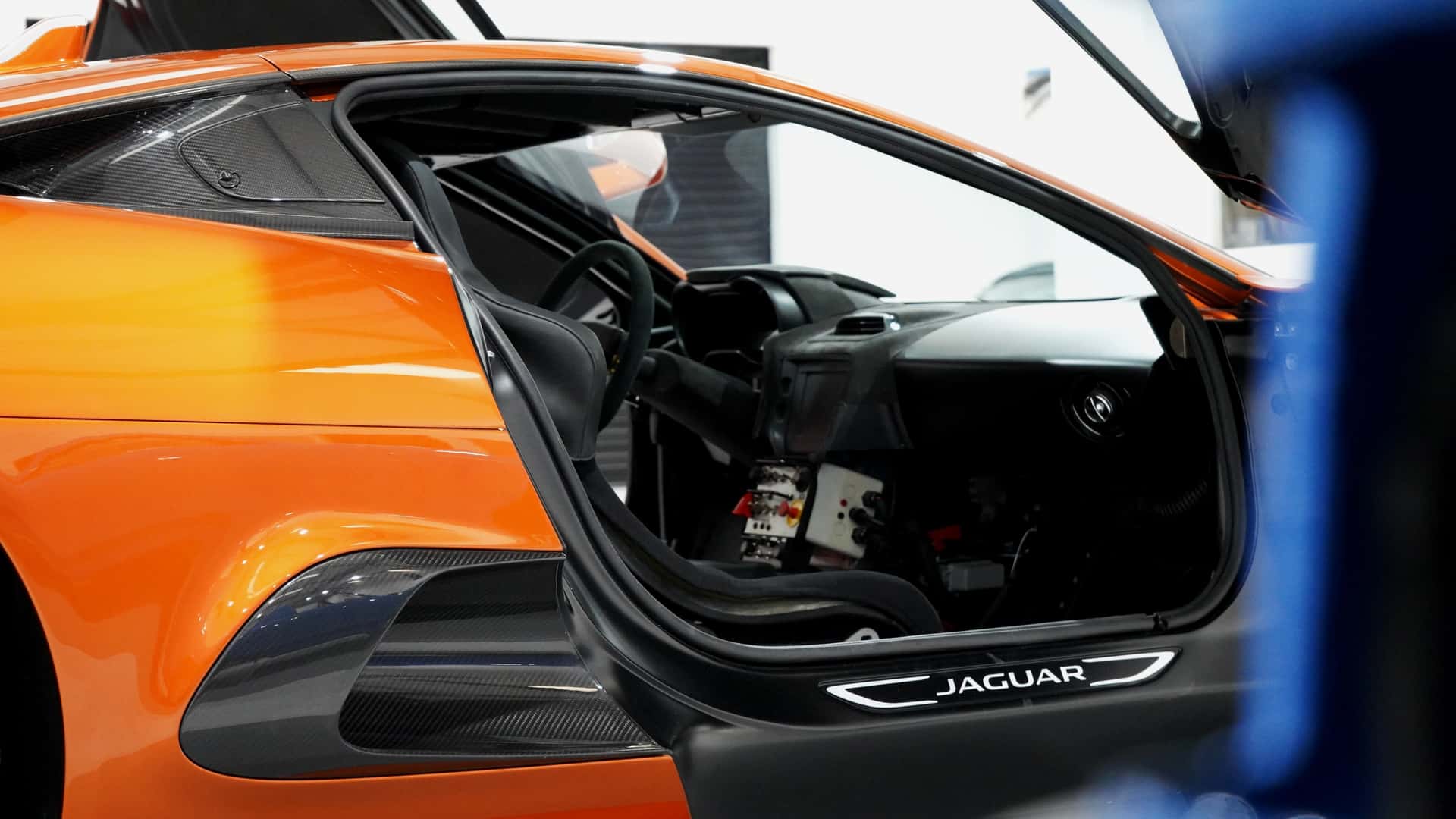
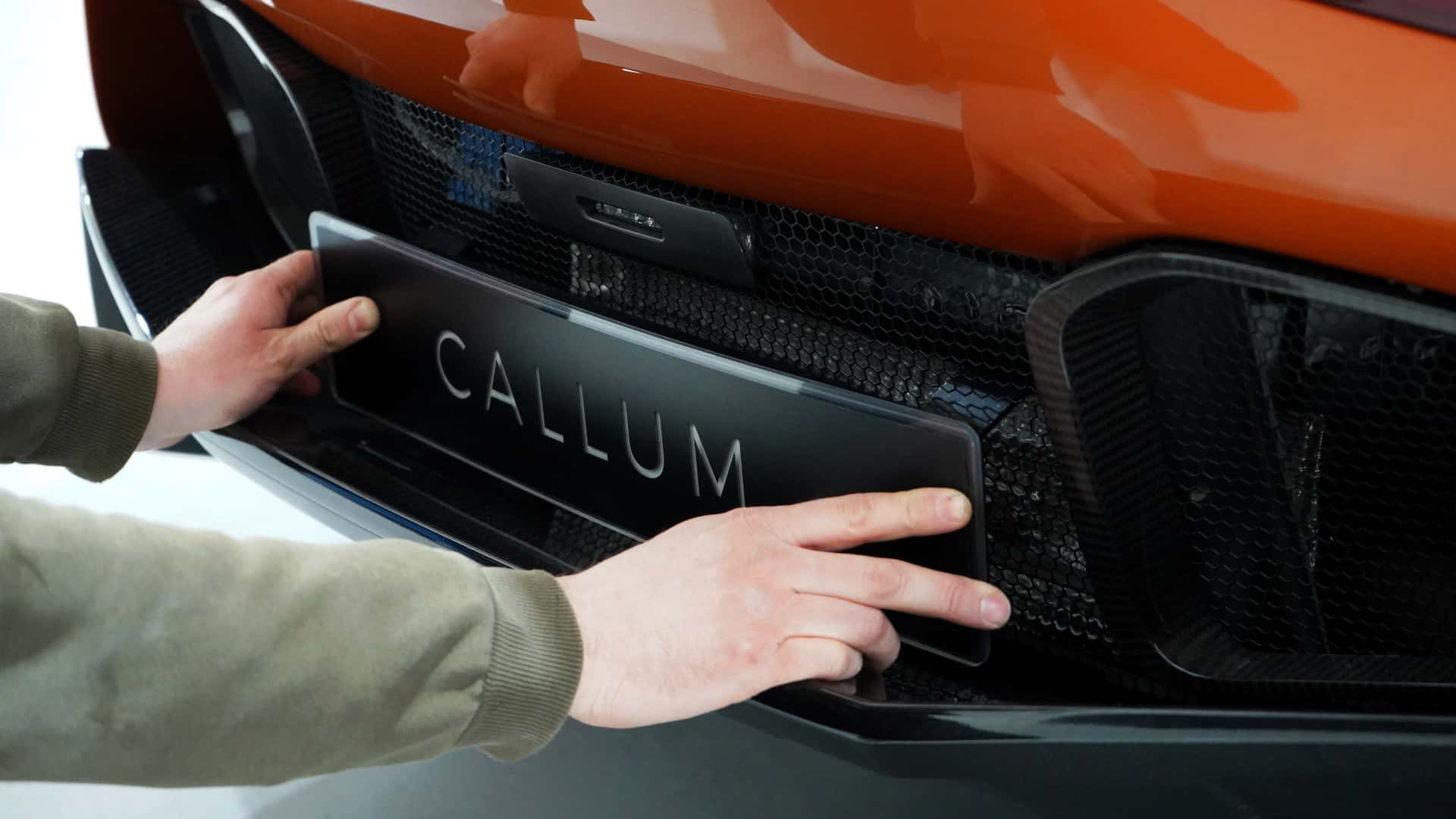
Ian Callum was at the head of the creative team responsible for the innovative C-X75 concept, whereas Williams Advanced Engineering took on the task of constructing the stunt vehicles for the movie. Instead of employing hybrid power systems for the intended production model of the C-X75, these automobiles were equipped with Jaguar’s powerful 5.0-liter supercharged V8 engines.
Callum was tasked with making numerous modifications to the vehicle to ensure its compliance for use in the United Kingdom. These adjustments included installing a quieter exhaust, adding catalytic converters, and fine-tuning the engine calibration. Additionally, a fresh coat of paint was applied to the body and the panel gaps were closely adjusted. The former foam pieces on the stunt car were replaced with new side mirrors that feature integrated turn signals.
The original plan for the C-X75 was to incorporate a non-traditional power system. This would have included four electric motors, each with a output of 195 horsepower. Additionally, two turbines would have been able to run on various fuels such as compressed natural gas, diesel, biofuel, and LPG in order to charge the battery. The manufacturer, Jaguar, boasted that the vehicle could accelerate from 0 to 62 miles per hour in just 3.4 seconds and reach a maximum speed of 186 mph. With the hybrid configuration, it was estimated that the car could travel up to 560 miles before needing to be charged or refueled.
Jaguar persisted in the advancement of the C-X75, however, they abandoned their initial proposal to incorporate turbines as a means of extending its range. They instead turned to Cosworth and joined forces to modify a 1.6-liter four-cylinder engine, equipped with both supercharging and turbocharging technology, with an impressive redline of 10,000 rpm. Additionally, the vehicle would have utilized two electric motors – strategically positioned on each axle. As a result, the cumulative power generated by this dynamic setup was estimated to reach 850 horsepower.
The recently approved C-X75 will have its first appearance at the Bicester Heritage Scramble on April 21st as a fully licensed vehicle.
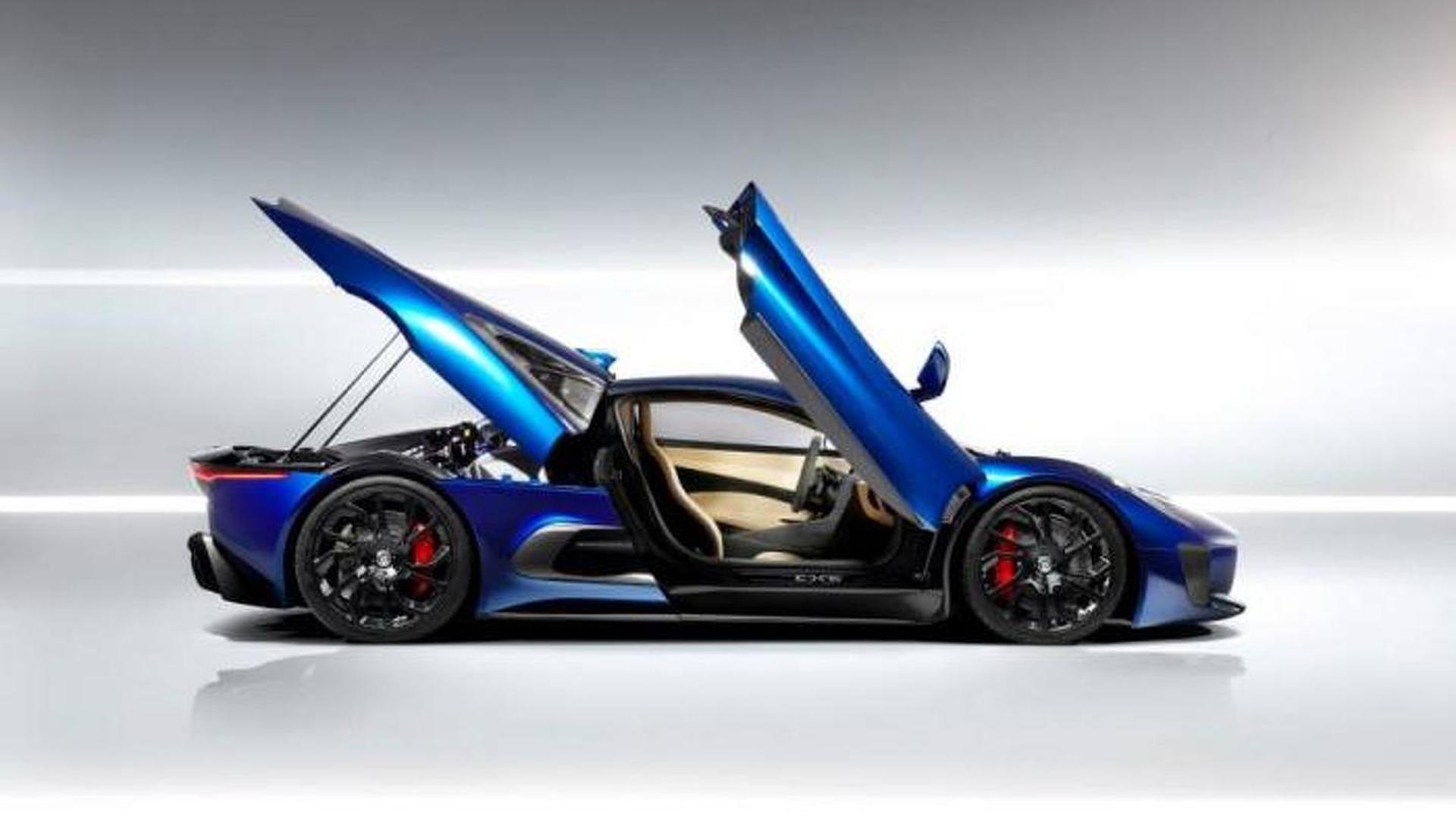
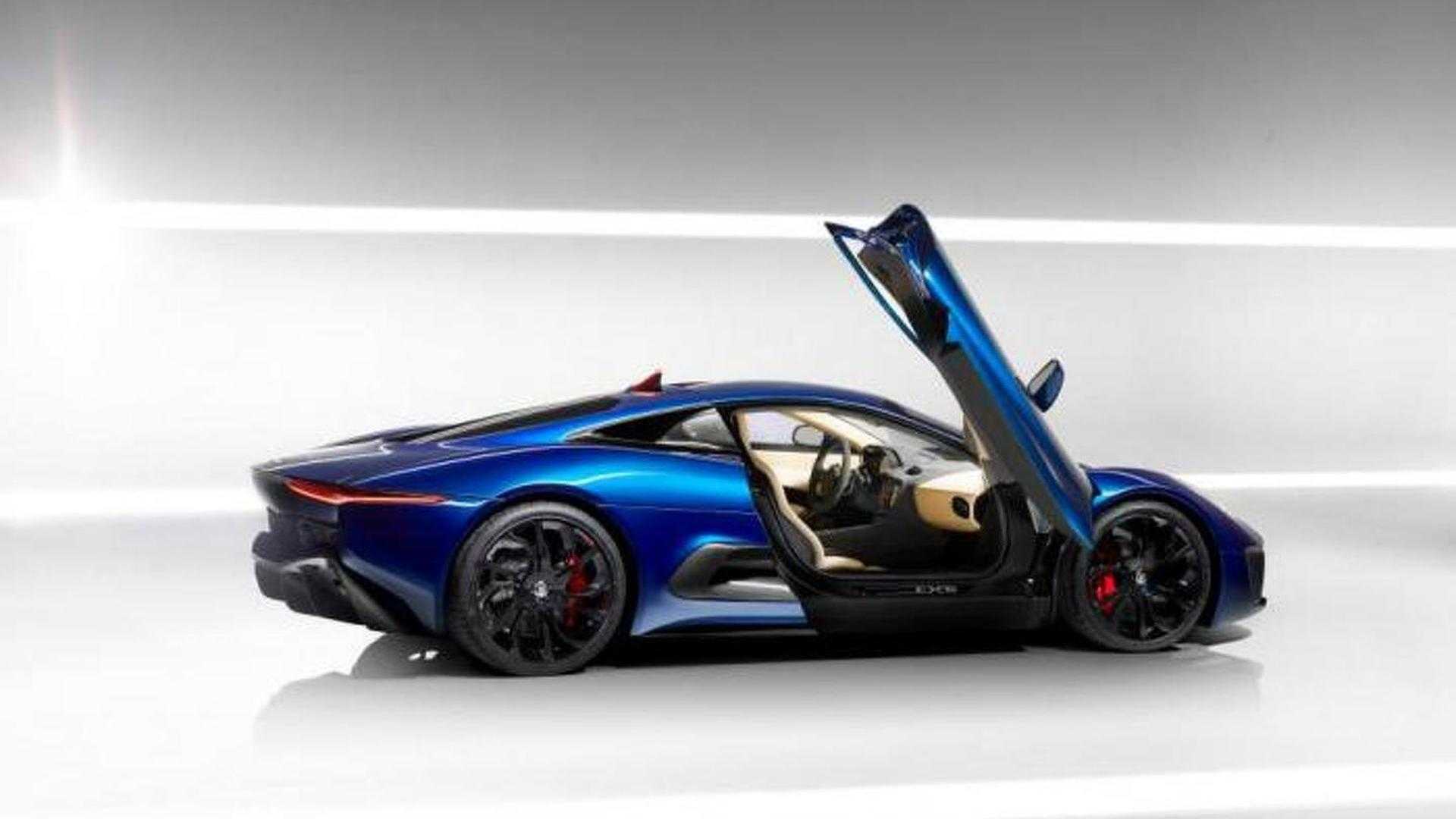
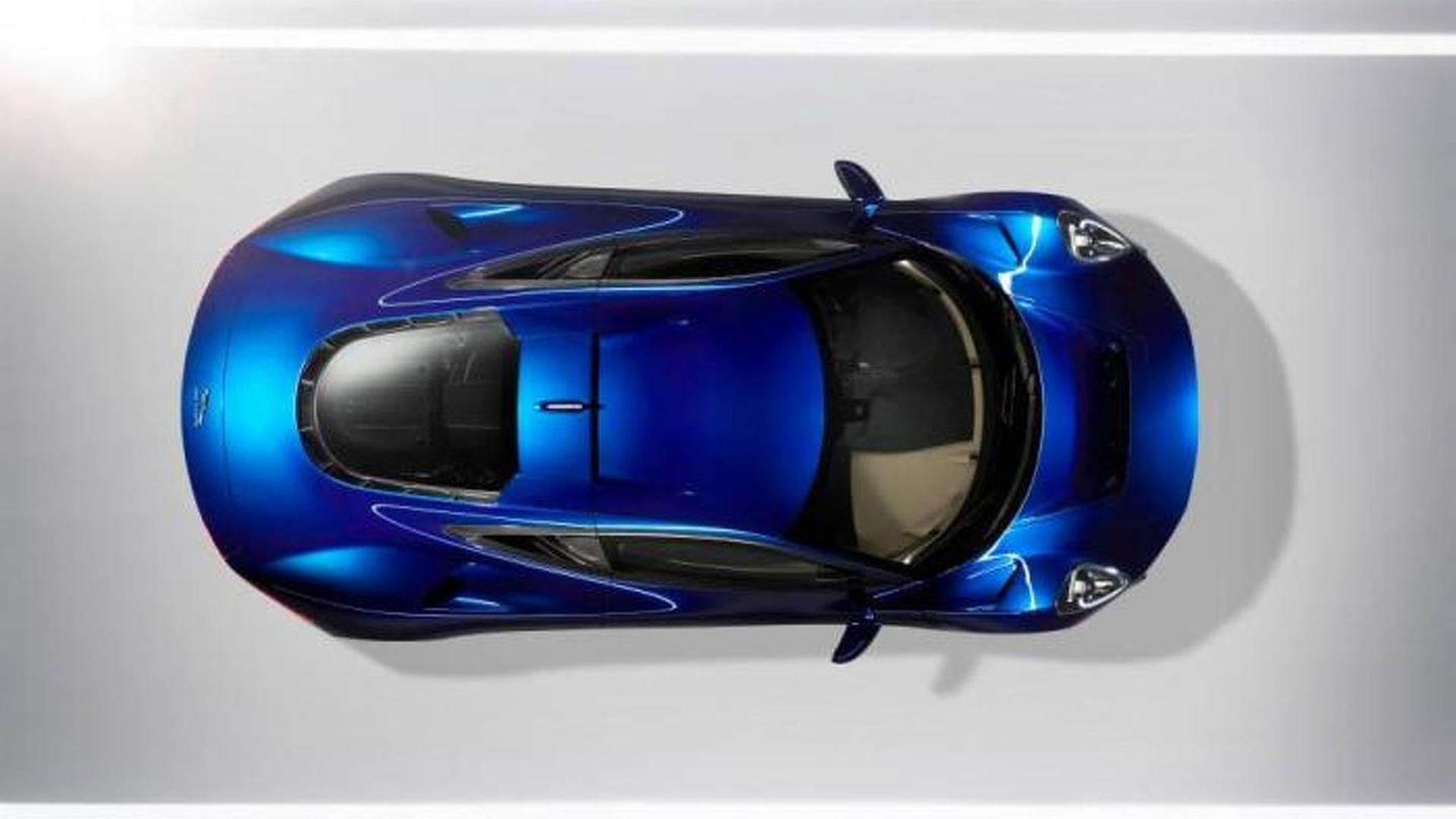
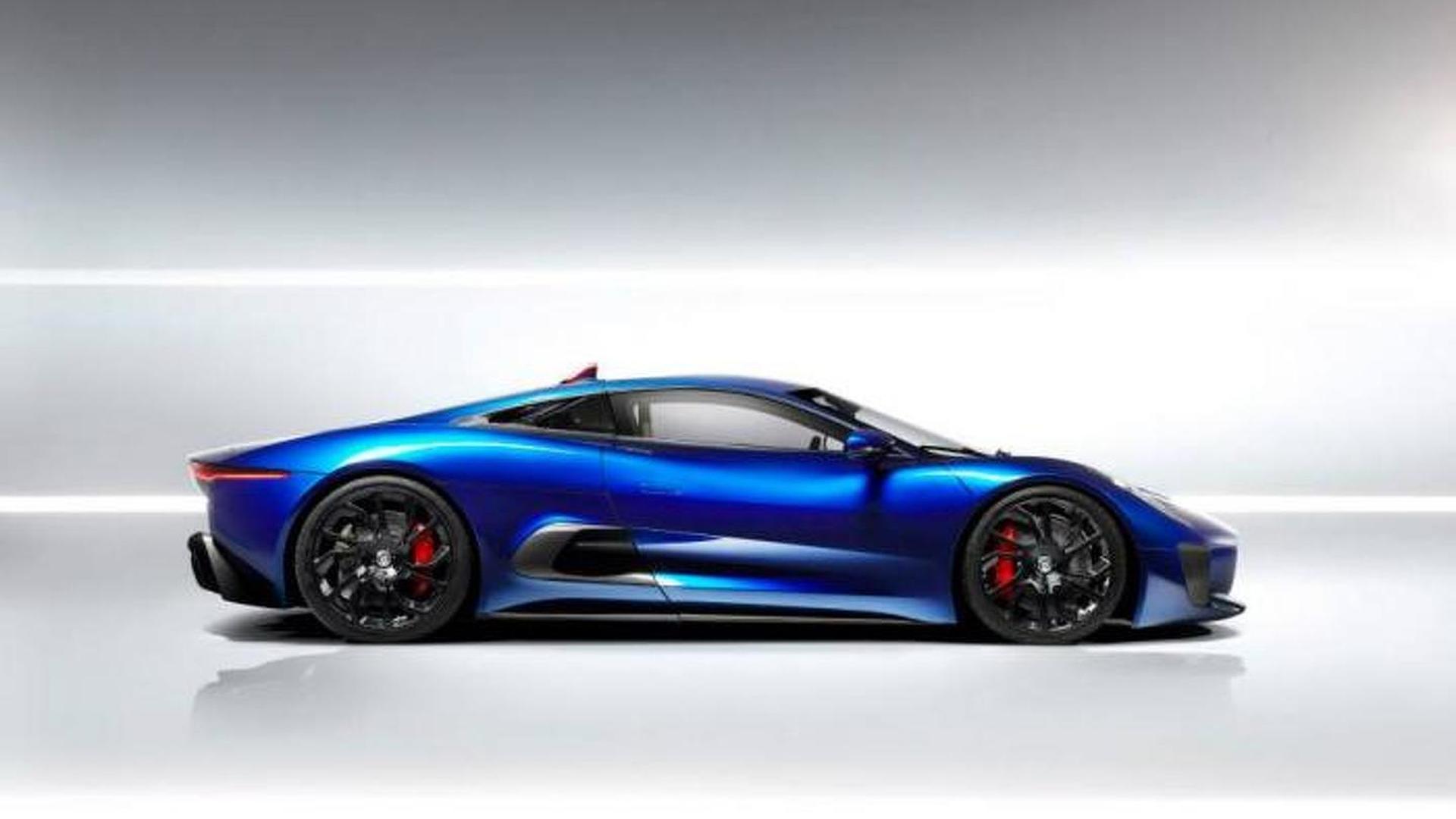
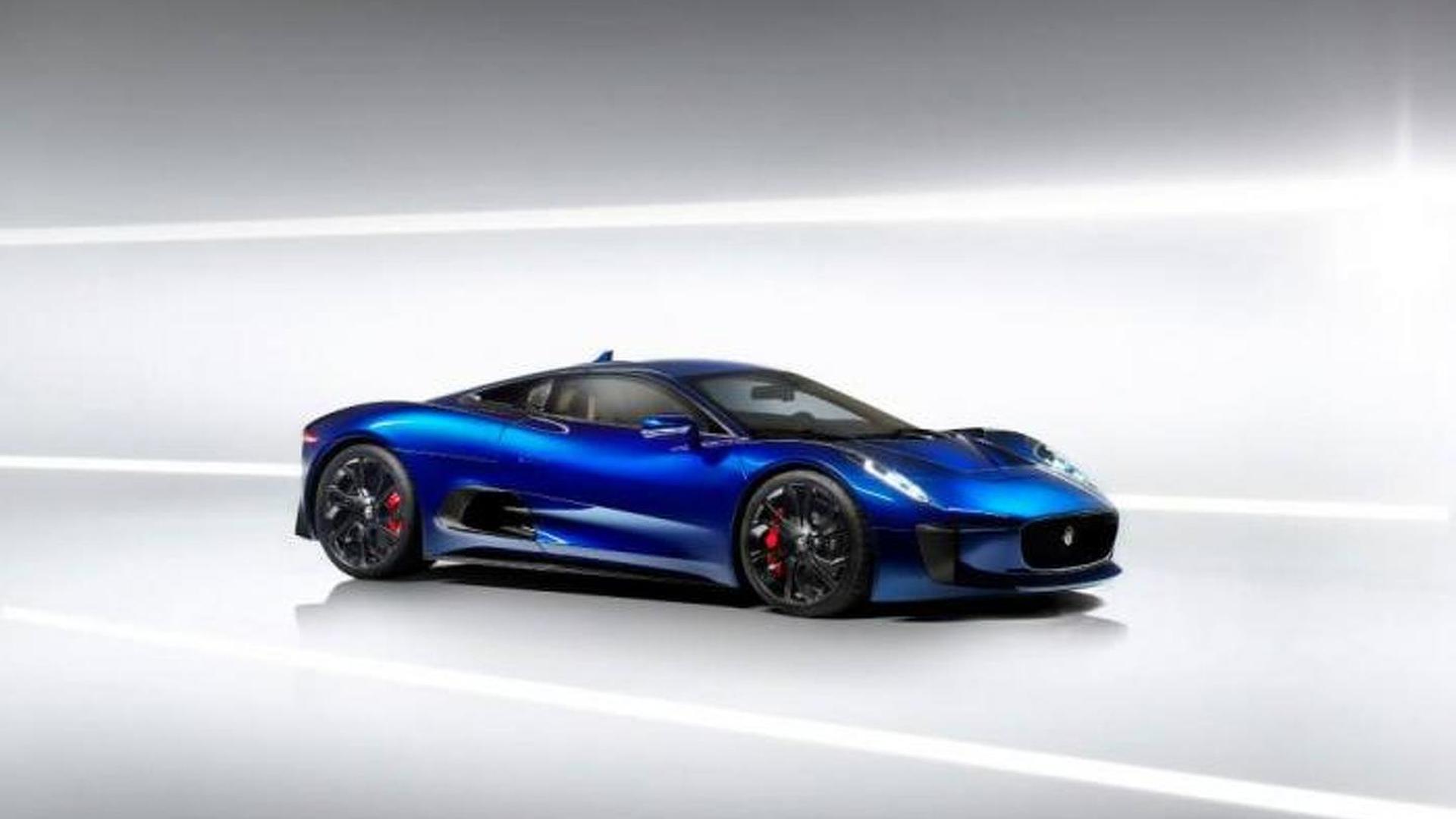
Source: Elan PR
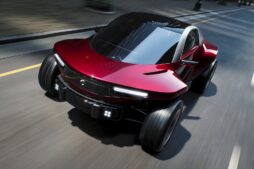



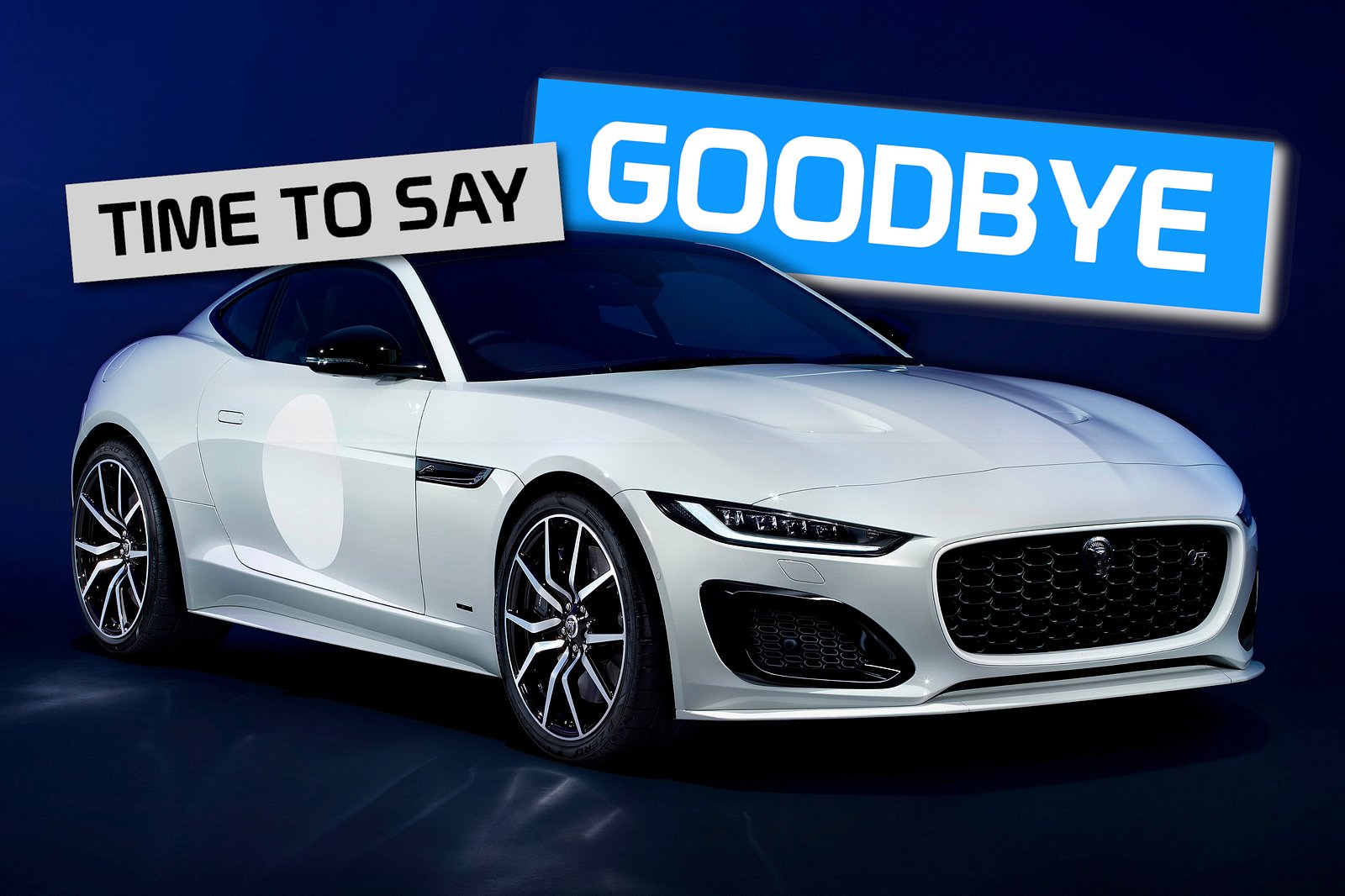


I don’t even know how I finished up right here, but I thought this put up was once good. I do not recognise who you’re but definitely you’re going to a famous blogger should you aren’t already 😉 Cheers!